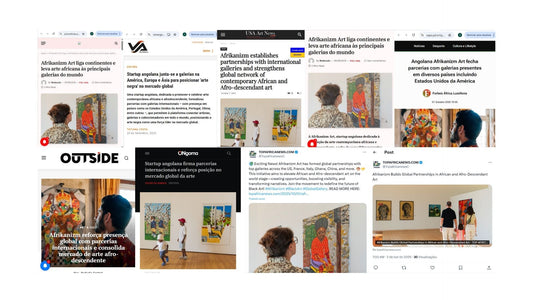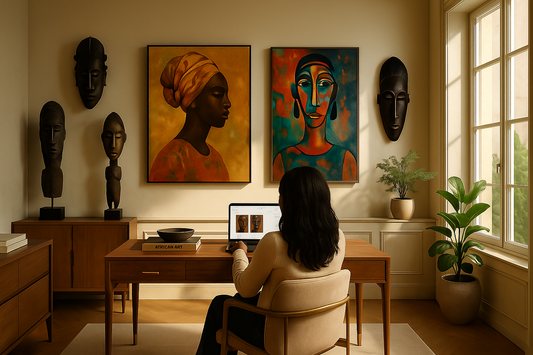Reading the Moment: Current Trends in the African Art Market
A Market on the Rise: African Art in the Global Spotlight
Once peripheral, the African art market now commands global attention through major biennials, auctions, and institutional shows. But what defines this moment of momentum and how is the landscape shifting beneath our feet?
1. Generational Shift in Art Collecting
A younger generation of collectors from Africa and the diaspora is prioritizing meaning over prestige. Artists like Zanele Muholi and Kudzanai-Violet Hwami resonate for their social narratives and cultural depth, not speculation.
2. Rise of Regional Cultural Hubs
Beyond Lagos and Cape Town, cities like Dakar, Accra, and Kinshasa are creating their own artistic gravities through grassroots initiatives, local fairs, and artist-run spaces.
3. Institutional Recognition and Global Exhibitions
Museums like Zeitz MOCAA and MACAAL are shifting curatorial narratives from within the continent. Simultaneously, global institutions are integrating African perspectives into broader art histories.
4. Digital Transformation and Online Visibility
Online platforms like Artsy and 1-54 Online are amplifying reach for emerging African artists. Tech-savvy creatives are experimenting with video art, NFTs, and immersive storytelling.
5. Diaspora Dialogues
Artists from the African diaspora are reconnecting with the continent through residencies and collaborations, enriching the narrative with layered perspectives on identity, heritage, and belonging.
6. Auction Growth and Market Recognition
Contemporary African artists are now appearing in high-profile auctions. Record sales for El Anatsui and Ben Enwonwu reflect growing confidence among collectors and institutions worldwide.
Conclusion: What’s Next for African Art?
The market is maturing—not as a trend, but as a paradigm shift rooted in cultural legitimacy, artistic rigor, and global relevance. African art is not just joining the conversation—it is shaping it.








No comments